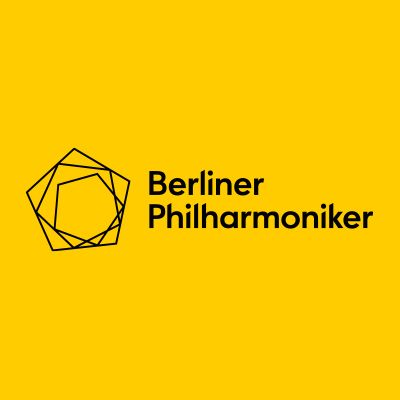Sir Simon Rattle has often opted to preface his performances of the great edifices of the Austro-German symphonic repertoire with much shorter works. I remember him bringing the Berlin Philharmonic to London’s Royal Festival Hall six years ago and programming miniatures by Brahms and Wolf ahead of Mahler’s Third. On this occasion, though, it was new music that preceded Bruckner’s Eighth: the latest in the ‘Tapas-series’ Rattle and the orchestra have commissioned, none longer than six minutes, to spread around various programmes as unintimidating tasters of the contemporary scene.
Here it was up to Simon Holt’s Surcos to make a plucky bid for our attention ahead of Bruckner’s giant. The title translates as ‘furrows’ or ‘ruts’ and it was inspired by the poem Noviembre 1913 Antonio Machado (1875-1939), describing seeds cast into the soil ahead of winter asserting its grip. With its piercing sonorities, rocking between violins and high wind, we certainly got a sense of the high autumn sun, while the harp motifs wandering wonkily through textures further enriched by brass prods were suggestive of sowers going about their work.
Arresting flourishes, rhythmic disjunction and an almost Mahlerian sense of discombobulation were prevalent, the sinewy feel of the piece further brought out by the use of a clapper and the appearance of a briefly frantic viola solo. At one moment, the disparate musical strands seemed to bring themselves together into some sort of halting mechanical momentum. But they didn’t get very far, the piece ending with a desultory parp on the horn. A touch insubstantial – an inevitable drawback of an otherwise admirable commissioning strategy –Surcos is nevertheless effective, engaging curtain raiser, and an intriguing, easily digestible taster of Holt’s work.
Moving straight on to the main course (there was no interval), Rattle made it clear that he was going to serve up Bruckner’s grandest – and arguably greatest – symphony as lean and low fat. The tempos for the outer movements were swift, the textures clean, the opening movement an Allegro certainly less moderato than on many famous a Berlin recording. Its opening statement was imbued with an almost Haydnesque fleetness, and some of the wind passages later achieved a sort of Ländler-like jollity.
The Scherzo continued in the same vein, swift and sinewy, while the Cossacks seemed to ride in at the start of the finale on the paciest of thoroughbreds. Rattle allowed himself more time in the Adagio, in which he demonstrated considerable skill in tracing the movement’s long-scale trajectory, a grand sense of legato tying it all together.
This was a beautifully shaped and realised account of the score. But I couldn’t dispel niggling doubts about Rattle’s approach to this composer. There were still occasional hints of the fussiness that can mar the conductor’s work. The pointed semi-staccato of the earthy string chords after the Adagio’s big climax felt imposed, as did the super-hush he would occasionally insist on. The Trio, too, seemed over-romanticised.
The speeds made musical sense, and helped underline internal logic. But it was at the expense of the sense of patience that defines the greatest Bruckner performances, an impression emphasised, particularly in the opening movement, by the occasional speeding up. Here and in the finale I missed a sense of taking time to explore and express what lies deep behind the notes on the page, of harnessing the steady inexorable progress of the music’s undercurrents.
Throughout the whole performance, though, the playing was often sensationally good: the cushioned glow of the Wagner tubas against the shimmering strings in the Adagio, for example, the long lines of the wind, an incisive steely glint to the trumpet. Stefan Dohr offered the playing of one’s dreams in the horn solos. Certainly there are few orchestras one would rather here in this repertoire. I’m less sure, though, whether they and their Artistic Director currently offer the very best recipe for Brucknerian success.




